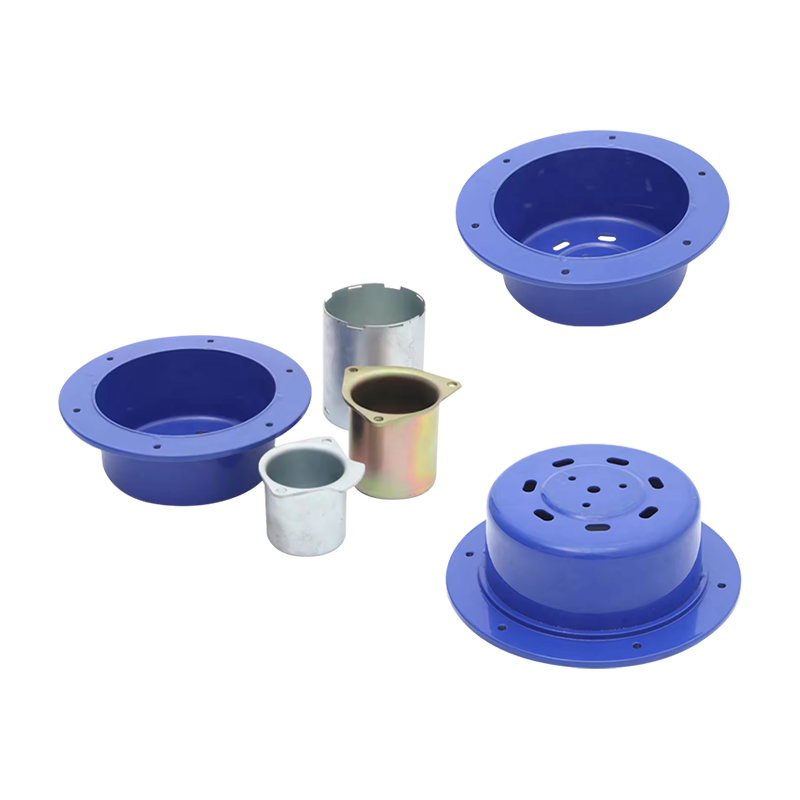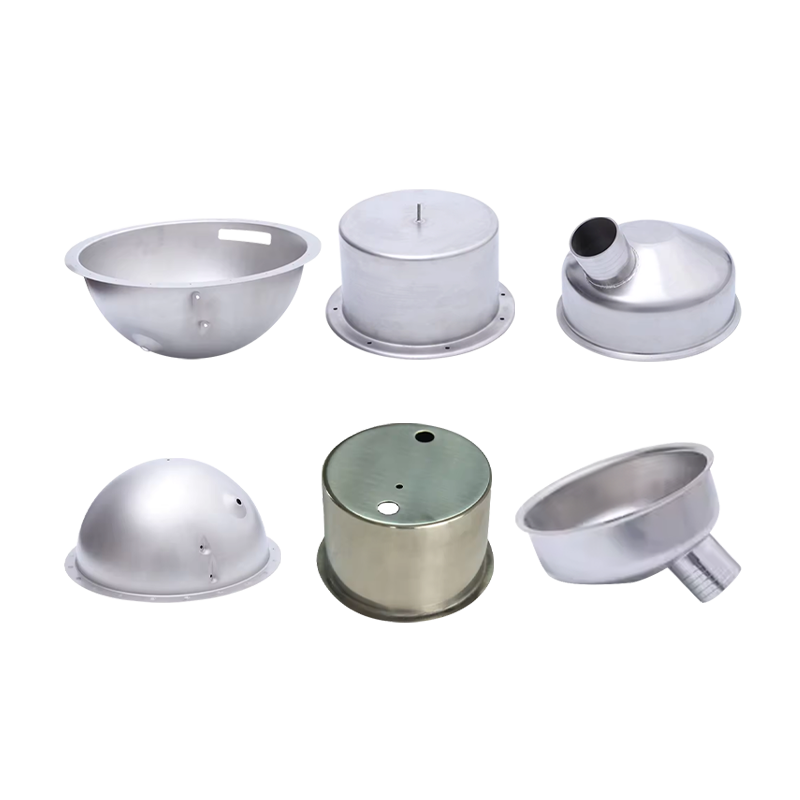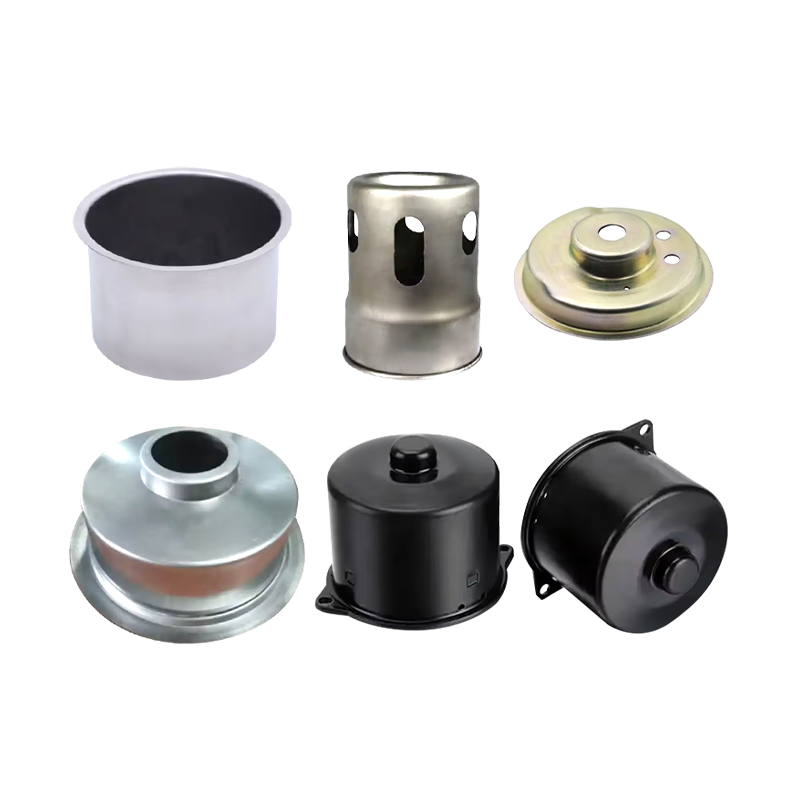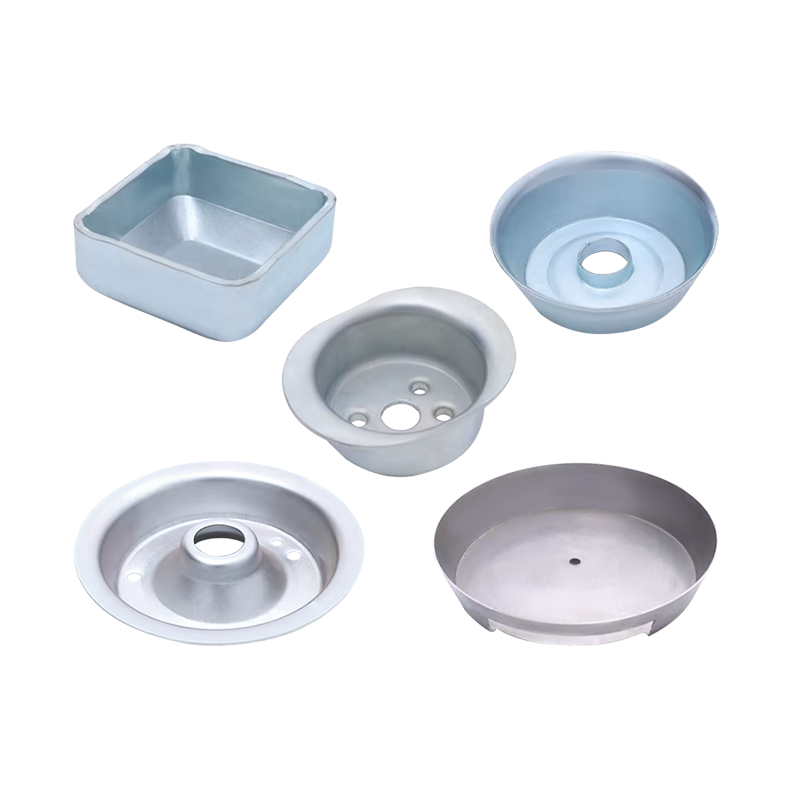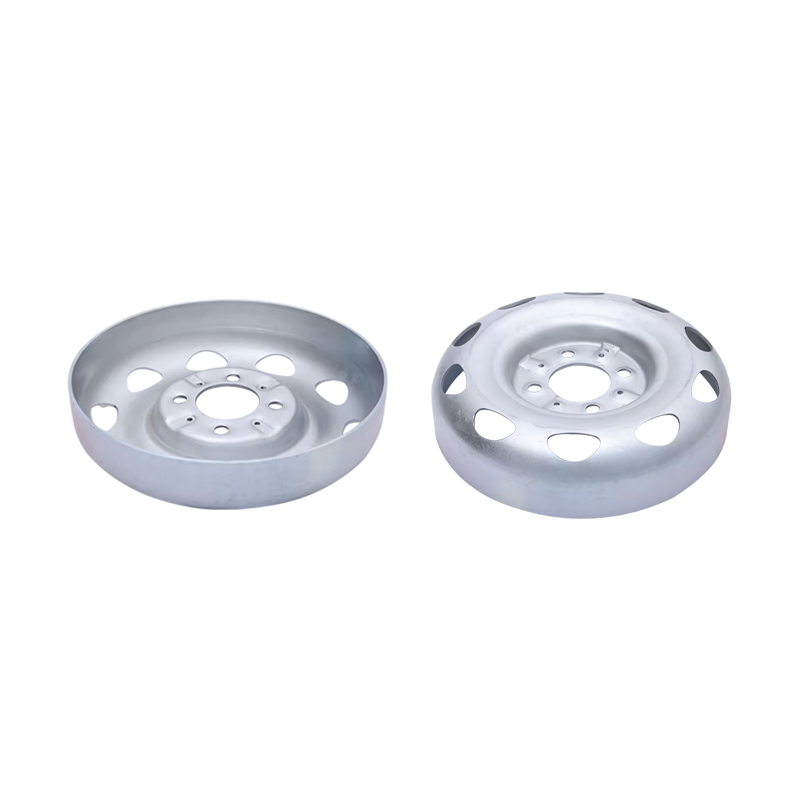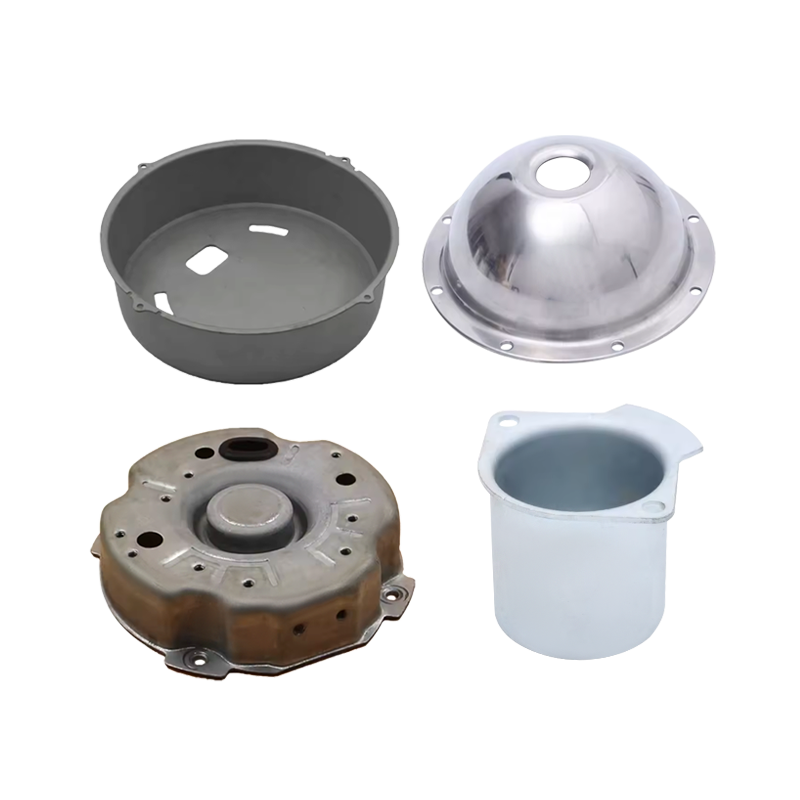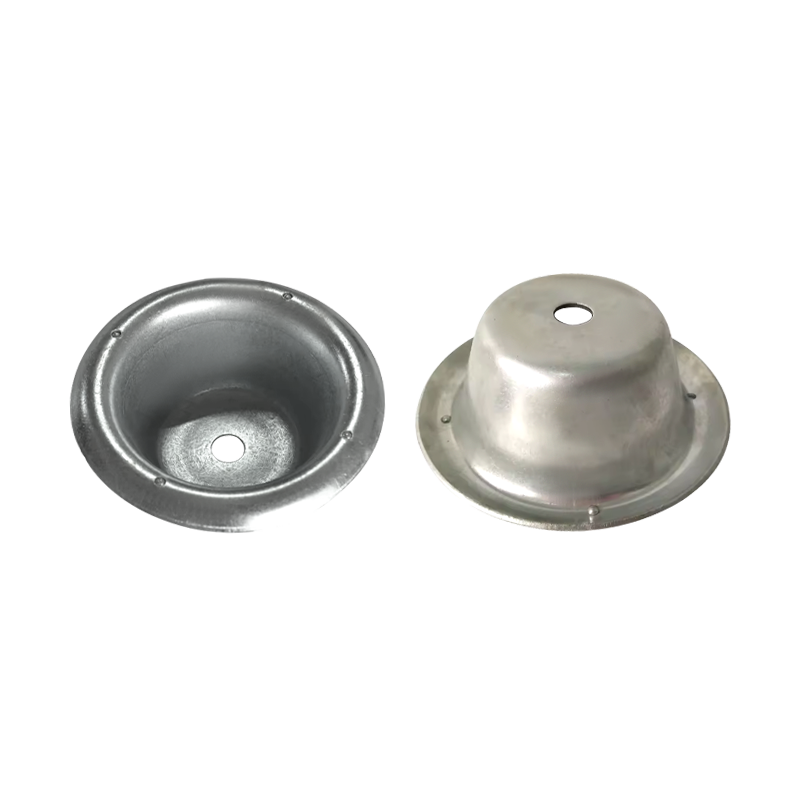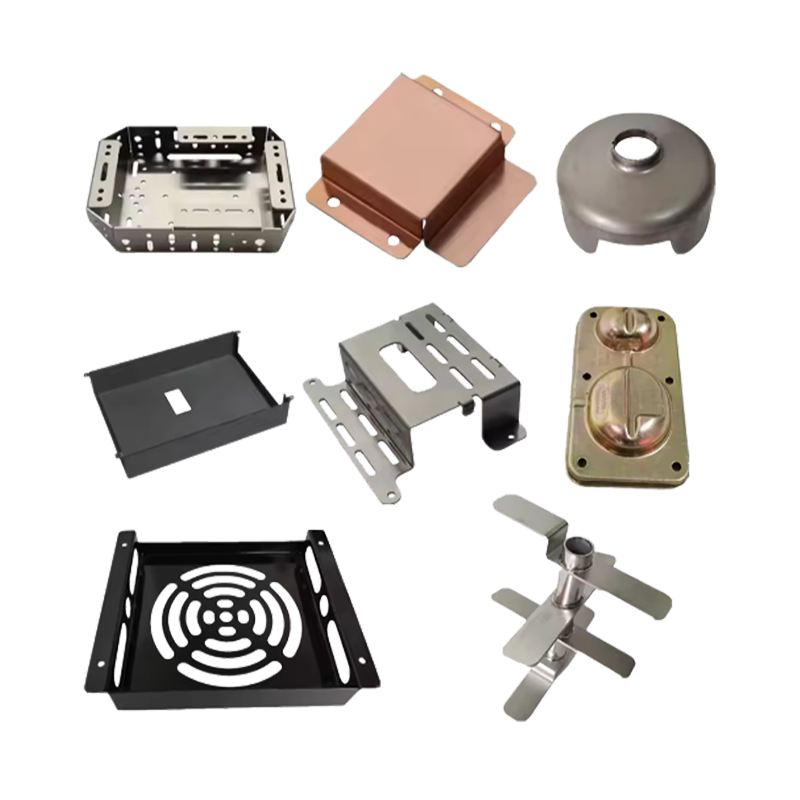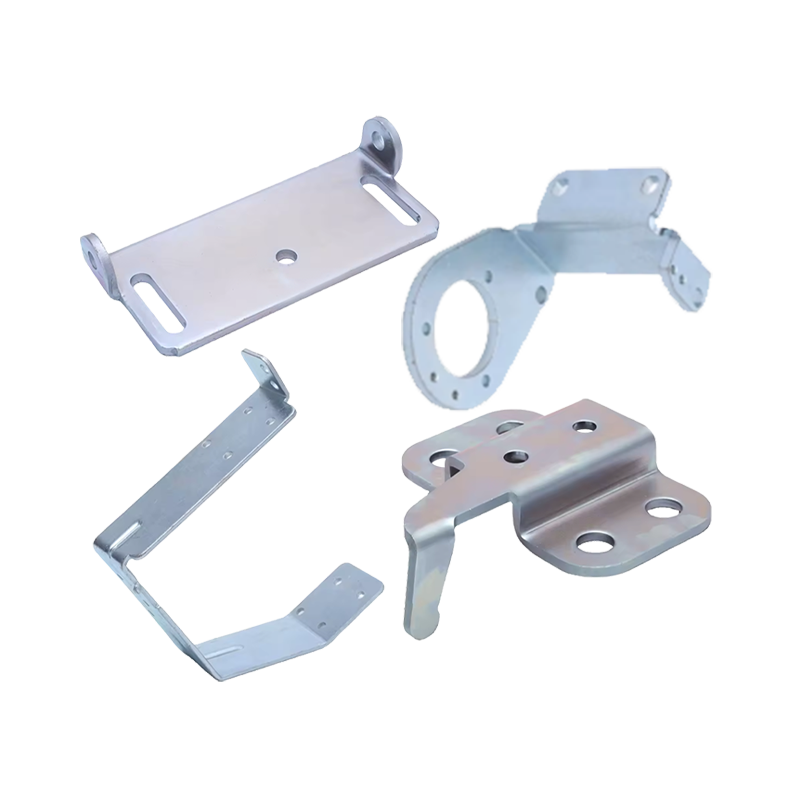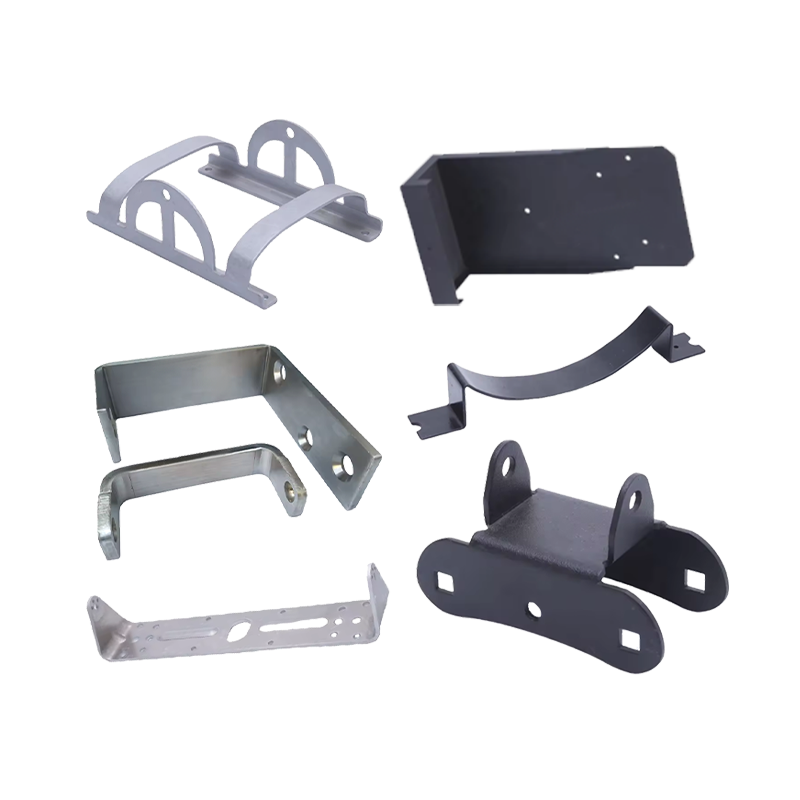Web Menu
Product Search
Exit Menu
News categories
RECENT POSTS
-
What are Metal Bending and Drawing Parts?
Dec 02,2025 -
Precision Deep Drawing & Metal Stamping Solutions | High-Volume Manufacturing Expertise
Dec 01,2025 -
Which Round Stainless Steel RV Small Cooker Sink With Glass Saves Space? Exploring Space-Efficient Solutions for Mobile Living
Nov 28,2025 -
When Selecting Metal Prts, How to Quickly Match the Mechanical Properties with Actual Application Scenarios?
Nov 21,2025 -
Guide to Selecting 304 Stainless Steel Pig Water Bowls: A Comprehensive Breakdown of Corrosion Resistance and Easy-Cleaning Key Points
Nov 14,2025
What Materials Enhance the Durability of Stamping Parts?
What Key Properties Should Durable Stamping Part Materials Have?
For stamping parts to be durable, the materials used must possess specific core properties that help them withstand the stresses of manufacturing and long-term use. First, tensile strength is essential—it refers to the material’s ability to resist breaking under pulling forces, which is crucial during stamping processes like stretching and bending. Without sufficient tensile strength, parts may crack or tear during production. Second, wear resistance matters because stamping parts often rub against other components during operation; materials with high wear resistance won’t thin or deform easily over time. Third, corrosion resistance is vital, especially for parts used in humid, chemical-exposed, or outdoor environments, as it prevents rusting and degradation. Additionally, ductility (the ability to be shaped without breaking) ensures the material can undergo complex stamping processes without damage, while fatigue resistance lets parts withstand repeated stress (like vibration or pressure) without failing prematurely.
How Do Carbon Steel Variants Boost Stamping Part Durability?
What Makes Low Carbon Steel a Practical Choice for Stamping Parts?
Low carbon steel (with a carbon content of less than 0.25%) is widely used for stamping parts due to its balanced durability and formability. It has excellent ductility, making it easy to shape into complex designs—such as brackets, gaskets, and small covers—without cracking. While its inherent strength is lower than higher-carbon steels, it can be strengthened through cold working (like rolling or pressing), which improves its tensile strength and wear resistance. To enhance corrosion resistance (a natural weakness of low carbon steel), it’s often coated with zinc (galvanized) or painted, extending its lifespan in mild environments. For non-heavy-duty applications (like household appliances or light machinery parts), low carbon steel offers a cost-effective way to achieve decent durability.
Why Is Medium Carbon Steel Suitable for Load-Bearing Stamping Parts?
Medium carbon steel (carbon content between 0.25% and 0.6%) strikes a better balance between strength and toughness, making it ideal for stamping parts that bear moderate to heavy loads—such as gears, shafts, and connecting rods. Compared to low carbon steel, it has higher tensile strength and hardness, so it can withstand more pressure without deforming. It also retains some ductility, allowing it to be stamped into moderately complex shapes. To further boost its durability, medium carbon steel is often heat-treated (e.g., quenching and tempering): quenching hardens the material, while tempering reduces brittleness, resulting in a part that’s both strong and resistant to impact. This heat-treated variant is commonly used in automotive and industrial machinery, where parts need to endure repeated stress without failing.
When Is High Carbon Steel the Right Option for Stamping Parts?
High carbon steel (carbon content over 0.6%) is the go-to choice for stamping parts that require maximum hardness and wear resistance. It has exceptional tensile strength and can withstand heavy friction—making it perfect for parts like springs, blades, and high-wear fasteners. However, its ductility is lower than low or medium carbon steel, so it’s best suited for simple stamping designs (like flat washers or small gears) that don’t require extensive shaping. To avoid brittleness (a common issue with high carbon steel), it must be heat-treated: annealing softens it for stamping, while subsequent quenching and tempering harden it to the desired durability. While it’s less corrosion-resistant than other steels, it can be coated with chrome or oiled to protect against rust in dry environments.
How Do Alloy Steels Enhance Stamping Part Durability Beyond Carbon Steels?
What Role Do Alloying Elements Play in Improving Durability?
Alloy steels are carbon steels mixed with small amounts of other elements (like chromium, nickel, manganese, or molybdenum) to enhance specific durability-related properties. For example:
Chromium: Adds corrosion resistance and wear resistance, making the steel suitable for parts used in wet or chemical environments (e.g., industrial valves).
Nickel: Boosts toughness and impact resistance, so parts can handle sudden shocks without breaking—ideal for heavy machinery components.
Manganese: Improves tensile strength and hardenability, allowing the steel to be heat-treated to higher hardness levels.
Molybdenum: Enhances high-temperature durability, making alloy steels with molybdenum suitable for stamping parts used in engines or furnaces, where heat would degrade regular carbon steels.
What Are Common Alloy Steel Types for Durable Stamping Parts?
Two popular alloy steel types for stamping parts are low alloy steel (alloy content less than 5%) and martensitic stainless steel. Low alloy steel is a cost-effective upgrade from carbon steel—it retains good formability while offering better strength and corrosion resistance. It’s often used for stamping parts like automotive frame components and construction hardware, which need to withstand heavy loads and outdoor conditions. Martensitic stainless steel, on the other hand, combines high hardness (48–58 HRC) with moderate corrosion resistance. It’s ideal for stamping parts like pump components, food processing equipment parts, and small mechanical gears—where both wear resistance and protection against mild moisture are needed.
Are Non-Steel Materials Viable for Enhancing Stamping Part Durability?
When Is Aluminum Alloy a Good Choice for Durable Stamping Parts?
Aluminum alloy is a viable option for stamping parts that require durability plus light weight—such as parts for electronics, aerospace components, or portable machinery. It has natural corrosion resistance (thanks to a thin oxide layer that forms on its surface) and good ductility, making it easy to stamp into thin, complex shapes (like laptop casings or heat sinks). While its tensile strength is lower than steel, high-strength aluminum alloys (like 6061 or 7075) can be heat-treated to match the strength of some low carbon steels. Additionally, aluminum is non-magnetic and non-toxic, expanding its use in applications like medical devices or food-grade equipment. The main limitation is its lower wear resistance—for parts that rub against other components, aluminum alloys are often coated with ceramic or polymer to boost durability.
Why Consider Copper Alloys for Specialized Durable Stamping Parts?
Copper alloys (like brass or bronze) are chosen for stamping parts that need durability combined with unique properties. Brass (copper-zinc alloy) has good corrosion resistance and machinability, making it suitable for stamping parts like electrical connectors, valves, and decorative hardware. It’s also ductile enough for intricate designs and has natural antimicrobial properties, which is useful for parts in healthcare or food-related equipment. Bronze (copper-tin alloy) offers even higher wear resistance and strength than brass, making it ideal for stamping parts that bear heavy loads and friction—such as bushings, gears, and marine components (since it resists saltwater corrosion). While copper alloys are more expensive than steel, their specialized durability traits make them indispensable for certain applications.
How to Avoid Wrinkling and Cracking in Stainless Steel Deep Drawing Parts Production?
Aluminum sheet metal processing: What key technologies are needed to master for high-precision processing?
related products
Whether you want to become our partner or need our professional guidance or support in product selections and problem solutions, our experts are always ready to help within 12 hours globally
contact UsPhone:+86 139-5824-9488
FAX :+86 574-86150176
E-mail: [email protected] [email protected]
Address: Unit 2, Building 19, Zhichuangzhizao Park, Chengdong Industrial Zone, Xiangshan, Ningbo,315705, Zhejiang, China

 English
English 中文简体
中文简体 Español
Español